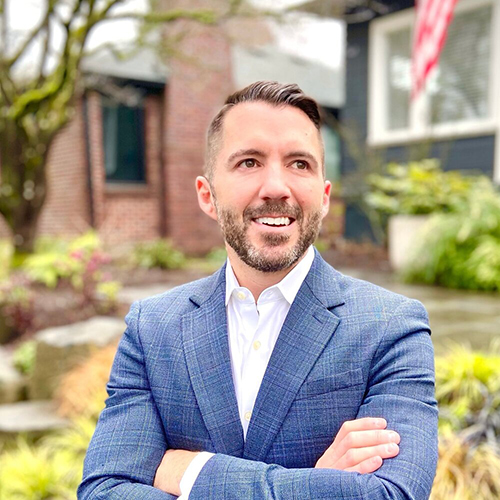
The substance use epidemic is showing no signs of abating—and it’s taking a huge toll on the workplace.
A staggering 49 million people in the U.S. have at least one substance use disorder, according to the National Institute on Drug Abuse. And roughly one-third of employers say alcohol is a problem in their workforce, while one-fourth say they are concerned about opioid use and other substance use disorders among employees, according to the Substance Abuse and Mental Health Services Administration.

Stephen Massey, Health Action Alliance
“The crisis is taking a staggering toll on our economy but also on our lives and in the workplace,” Stephen Massey, co-founder and CEO of Health Action Alliance, a coalition of 17,000 HR and benefits leaders, said during a panel discussion June 23 at the SHRM Annual Conference & Expo 2024 (SHRM24) in Chicago. “HR leaders say substance use disorders are showing up in their workplaces in ways that even just a few years ago were unthinkable.”
That’s why it’s vital for employers to take action. There has been some progress made in how substance misuse is viewed, but there is still significant work that needs to be done, said panelist Jake Gurock, principal at Reston, Va.-based financial firm Cerity Partners, who has been sober for nearly a decade.
“I think we generally view it as a disease, but there is still stigma,” he said. “We have a long way to go. The workplace is a place we can address this.”
So, how can employers get started with helping people with substance use disorders? The panel shared some tips.

Jake Gurock, Cerity Partners
Examine the policies inside the workplace. “The first place to start is by examining the policies and practices inside the workplace, and that really begins at the point of hiring,” Massey said. While the Americans with Disabilities Act protects people with substance use disorders in employment, some states, such as Illinois, actually provide tax incentives to employers for hiring people who are in recovery, Massey said. “You could also go a step further by embracing what’s called fair-chance hiring, which is essentially a policy where you don’t look at somebody’s criminal history during the application process or before an offer has been made.”
Understand the nature of your workforce. For example, does your workplace have safety concerns that could lead to injuries that would require pain medication? Do you have a stressful work environment that could lead to mental health challenges, where drinking or drug use may occur? And finally, does the culture in your office encourage alcohol use? For instance, do team-building activities or celebrations usually result in happy hours? Company and HR leaders should take stock of these things.
Improve access to care. Consider adding or enhancing benefits that can help workers with substance use disorders, including treatment rehabilitation options and digital solutions that provide help. In many cases, existing benefits such as short-term disability, mental health care, pain management support, or robust paid time off—during which workers can get the medical care or treatment they need—can be a big help, Massey said, adding that many workers do not get help because they don’t think they can afford it or they don’t think they can take time off work to address it.

Amanta Mazumdar, Hilton
Have the support of company leaders. For success in helping workers with substance use disorders, it’s important to have the support of company leaders, from the CEO to HR managers to individual managers. Hilton, for instance, kicked off its focus on substance use help about a year ago with a companywide town hall led by its CEO. “I think what was beautiful about that approach is that it gave our team members an appreciation of, ‘Somebody cares about this,’ ” said Amanta Mazumdar, vice president of total rewards at Hilton. After that town hall, Hilton then launched resources and support for its 460,000 worldwide employees.
Managers should also be trained, Massey said.
Think about the needs of employees—and be flexible. Gurock said it’s important for organizations to be flexible and understanding of needs that may be unique to workers in recovery. For example, his employer allows him a flexible schedule to attend his 12-step group on Monday mornings and a Bible study at his church on Tuesday mornings, which he said is vital for his continued sobriety and well-being.

Kirsten Seckler, Shatterproof
Create an environment with empathy. Tools, benefits, and resources are vital to support employees dealing with substance use disorders, but they won’t be as effective if they are provided in a workplace that doesn’t have empathy and doesn’t care about employees and their overall well-being, said Kirsten Seckler, chief marketing and communications officer for Shatterproof, a nonprofit focusing on addiction help based in Norwalk, Conn. “We want to create HR departments and workplaces that are open and supportive of all workers, where employees feel safe to get help.”
Gurock agreed.
“These are not bad people that need to get good,” he said. “They are sick people that need to get well.”
An organization run by AI is not a futuristic concept. Such technology is already a part of many workplaces and will continue to shape the labor market and HR. Here's how employers and employees can successfully manage generative AI and other AI-powered systems.



